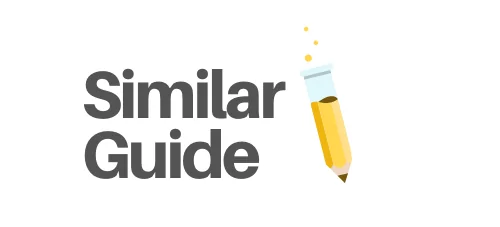
As a real estate investor, you may already be familiar with the traditional 1031 exchange. Yet, have you ever heard of its reverse counterpart?
At its core, a reverse 1031 exchange allows you to get a new property before selling your current one. It is without incurring immediate tax consequences. Yet, navigating the complexities of this strategy can be a daunting task.
That’s where we come in. In this guide, you’ll discover the fundamental rules, break down the technical language, and provide practical insights. So, let’s dive in and uncover the secrets of mastering the reverse 1031 exchange rules!
It Must Be Identified Within 45 Days
This means that the investor must identify the property they intend to exchange for within 45 days of closing on the original property. If they fail to do so, the exchange may no longer qualify for the tax benefits of a 1031 exchange.
This 45-day window creates a sense of urgency for investors to consider and identify potential replacement properties within a limited timeframe. It also ensures that the exchange process moves forward. It also prevents delays or potential issues down the line.
It Must Be Acquired Within 180 Days of the Sale
This time limit serves as a crucial safeguard for both parties involved in the property transaction. It ensures that the value and benefits of the exchange are preserved.
By adhering to this rule, investors can ensure a smooth exchange process. They can avoid any potential penalties or disqualifications. This rule reinforces the importance of prompt and efficient action in completing a successful reverse 1031 exchange.
It Must Be of Equal or Greater Value Than the Relinquished Property
This fundamental rule ensures that the exchange is like-kind and maintains the integrity of the exchange process. It also helps to prevent any potential tax implications or issues that may arise from an unequal exchange.
It mandates that the replacement property must be of equal or greater value. This ensures that the taxpayer is not receiving any financial enjoy the exchange and is exchanging one property for another. This rule is essential in maintaining the fairness and effectiveness of a reverse 1031 exchange.
It Must Be Held for Investment or Business Purposes
This rule is in place to ensure that the exchange is being used for the intended purpose. It allows investors and business owners to defer a capital gains tax and reinvest in like-kind property.
When considering a reverse 1031 exchange, it is important to keep this rule in mind. Consult with a reputable source, such as the website https://www.startanexchange.com, to understand the eligibility and requirements for the exchange.
It Is Required to Facilitate the Exchange
This means that the taxpayer must take part in the exchange process. This is either by finding a qualified intermediary or identifying the properties involved in the exchange. This fundamental rule ensures the following:
- exchange is completed in a timely and efficient manner
- following all the necessary guidelines and regulations
Without facilitating the exchange, the taxpayer risks invalidating the 1031 exchange and facing tax consequences.
Master the Fundamentals of Reverse 1031 Exchange Rules
Understanding the fundamentals of reverse 1031 exchange rules is crucial for anyone looking to take advantage of this valuable tax strategy. By grasping the basics of timing, like-kind property, and qualified intermediaries, investors can save large money and expand their real estate portfolio. So don’t wait.
Start exploring your options and harness the full potential of a reverse 1031 exchange today! Take control of your financial future and make informed decisions with the help of these essential rules.
Looking for more tips? Make sure to bookmark our page and come back to check out more interesting articles.




